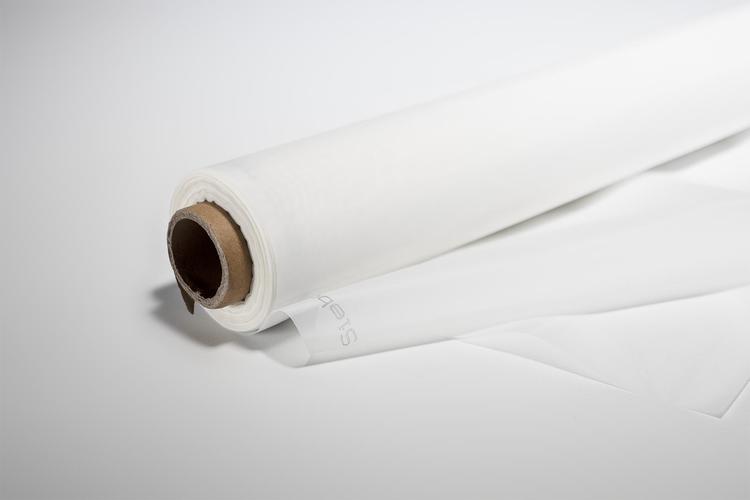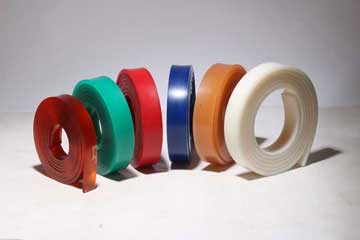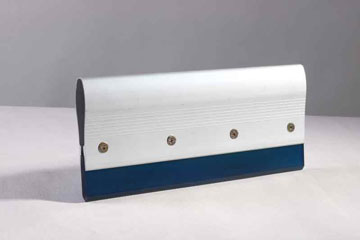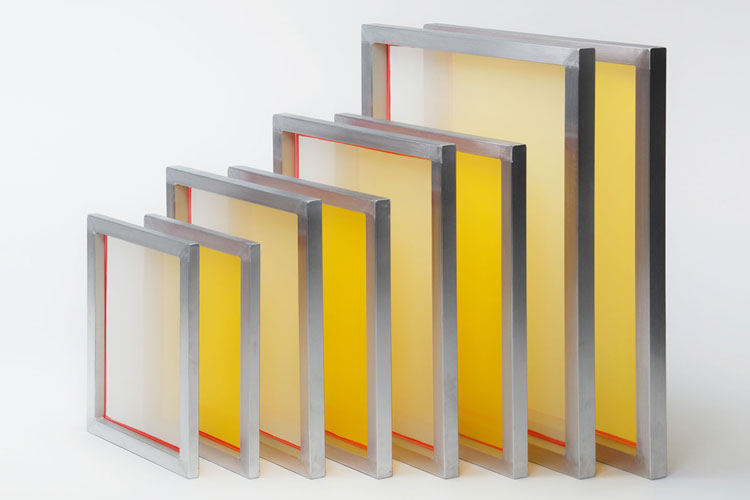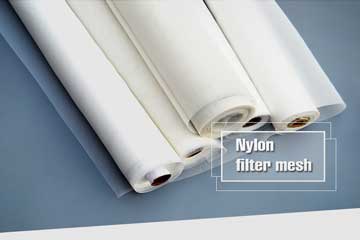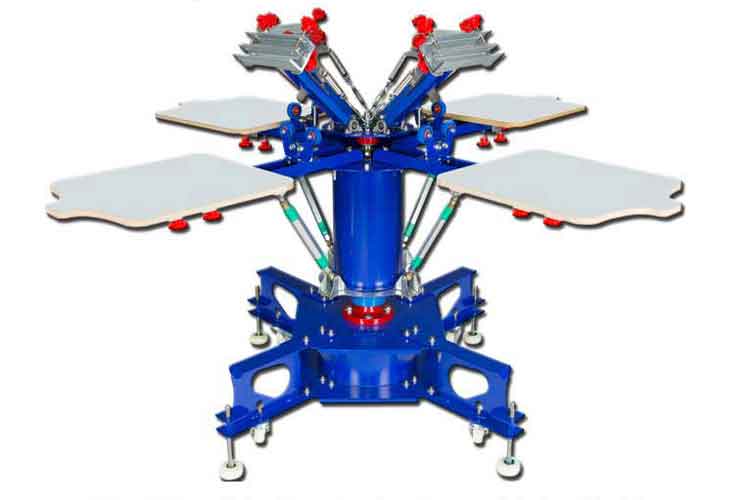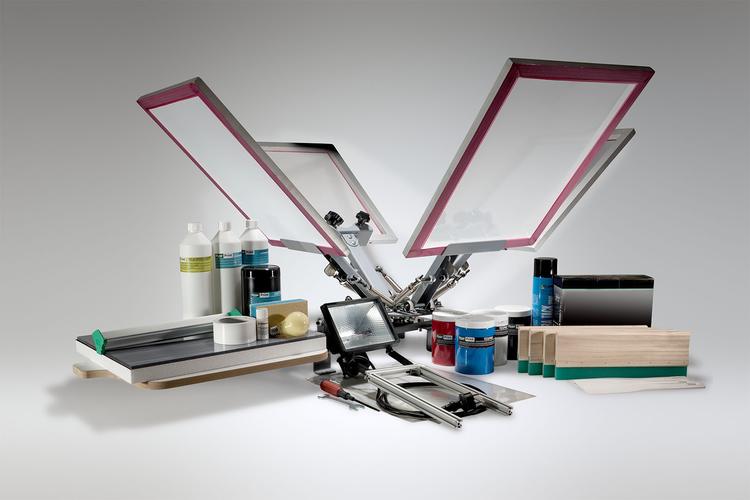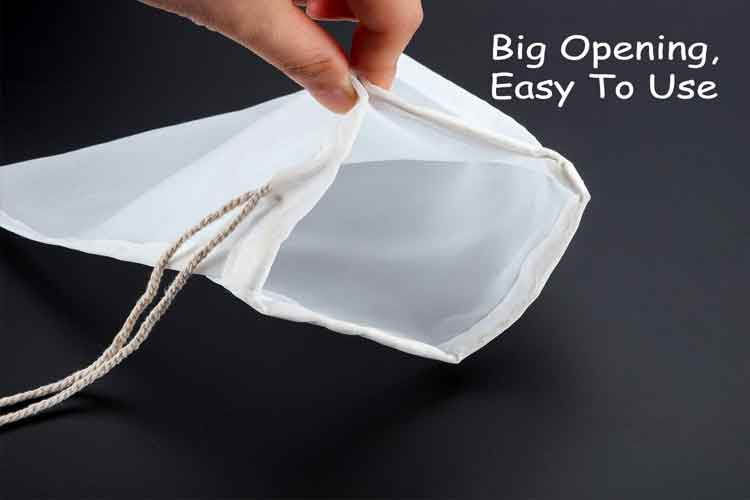Why choosing the right sewn filter bag saves you time and money
When filtration causes downtime, the root cause is often a poor match between the bag and the process wrong material, wrong seam, or wrong sealing interface. A properly specified sewn filter bag gives you predictable performance: strong seams that wont le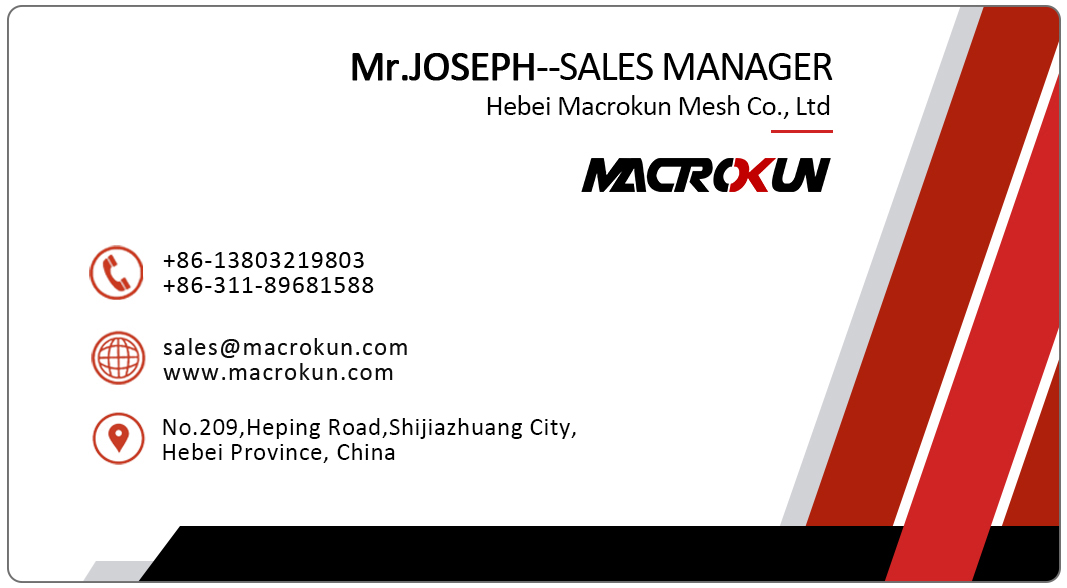
When filtration causes downtime, the root cause is often a poor match between the bag and the process — wrong material, wrong seam, or wrong sealing interface. A properly specified sewn filter bag gives you predictable performance: strong seams that won’t leak, a flange or ring that fits your housing, and a media that resists your chemistry and abrasion. The right sewn bag reduces changeouts, prevents product loss, and simplifies maintenance — all of which add directly to your bottom line.
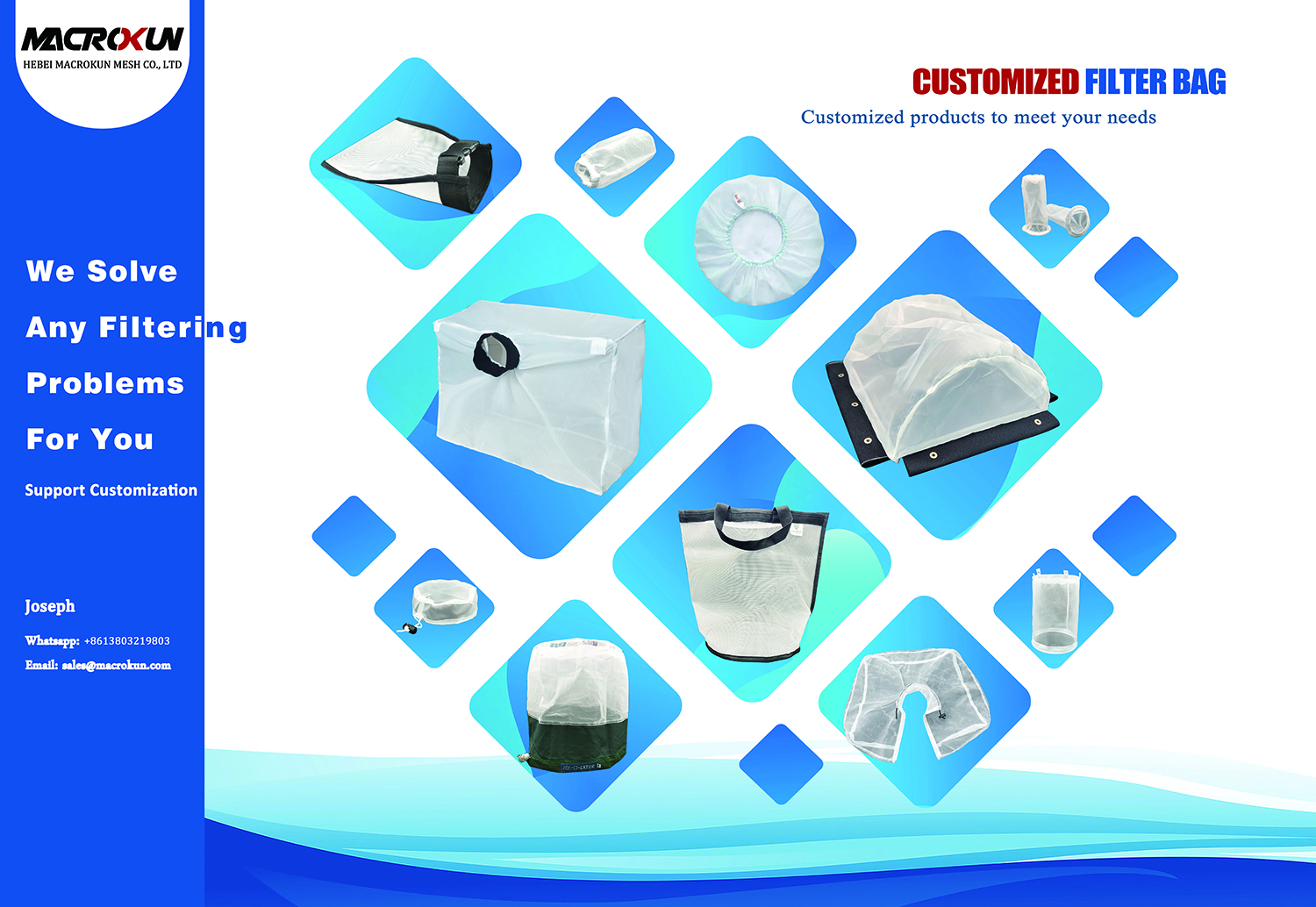
What a sewn filter bag is and why sewing still matters
A sewn filter bag is a filter bag whose seams and critical terminations are made by stitching rather than fused or welded processes. Sewing remains a dominant fabrication method because it’s flexible (easy to customize sizes and shapes), cost-effective for low-to-medium volumes, and compatible with a broad range of textile filter media — from needlefelt to monofilament meshes. Sewing allows manufacturers to add sewn-in rings, handles, and complex top-end finishes that match existing housings without expensive tooling.
Sewn vs welded — how to choose for your application
One major decision is whether to specify a sewn seam or insist on welded construction. Sewn seams are robust and economical; welded seams (or fused seams) remove needle holes and fiber migration risks. If your process tolerates the microscopic needle holes typical of sewn construction and you prefer the lower cost and flexibility, a sewn filter bag is likely appropriate. For ultra-clean liquid applications or when fiber migration is unacceptable, consider welded bags or ask the supplier about needle-free sewing techniques and silicone-free threads. Evidence from manufacturers shows both sewn and welded options are standard in the market, each with clear trade-offs. dudadiesel.com+1
Common materials and why material choice changes everything
Material choice is the single largest determinant of bag life and performance. Typical media used in sewn bags include polypropylene needlefelt, polyester needlefelt, nylon monofilament mesh, PTFE-coated felts, and high-temperature aramids. Each has clear strengths:
-
Polypropylene felt — low cost, good for many aqueous systems, disposable-friendly.
-
Polyester felt — better mechanical strength and higher temperature tolerance for dust collection.
-
Nylon mesh — surface filtration with good strength and high removal efficiency for coarse, non-deformable particles.
-
PTFE-coated media — chemical resistance and improved cake release for sticky or oily loads.
-
Aramid (Nomex/PPS) — for high-temperature and abrasive dust applications.
Suppliers typically publish material charts and can recommend a sewn filter bag material after you describe temperature, pH, and abrasion levels. haywardflowcontrol.com+1
Formats, top-end finishes and fitting the bag to your housing
Sewn bags are supplied with a variety of top-end finishes to match housings: plastic flanges, sewn-in cloth rings, clampable collars, drawstrings, or metal rings. Choose the interface that mates to your vessel — a poor top finish is the most common cause of bypass and leakage. For example, sewn-in flanges with a properly sized ring almost always seal reliably in standard housings; for non-standard equipment, a custom ring or adapter is usually sewn into the bag at manufacture.
Micron ratings and depth vs surface filtration
Sewn filter bags can be manufactured from depth-loading felts or surface-filtering meshes. Depth felts (needlefelt) provide high dirt-holding capacity and are forgiving with variable loads; monofilament meshes provide precise, surface-level particle cutoffs and are easier to clean and reuse. If your process has high solids, choose a felt sewn bag; for polishing and precise cutoffs, choose a sewn monofilament mesh bag.
Typical industries and real-world uses
Sewn filter bags are used across many industries — food and beverage, chemicals, paints and coatings, metalworking fluids, wastewater treatment, and dust collection. For cold-brew coffee or food processing, sewn bags made of food-grade materials and clean sewing threads are essential; in heavy industry, sewn bags of aramid or stainless-steel mesh resist heat and abrasion.
Performance advantages of quality sewing and assembly
High-quality sewing techniques and proper thread choice prevent common issues: seam bleed, premature seam failure, and fiber migration into the filtrate. For liquid filtration where downstream product purity matters, ask suppliers to use silicone-free, food-grade thread and to document stitching patterns and seam strength. Many manufacturers now follow rigorous sewing standards that balance economy with performance. filterworkshop.com
Finish treatments and coatings that extend life
Beyond base polymer selection, surface treatments and coatings greatly extend bag life. Popular finish options include PTFE laminates or coatings for chemical resistance and cake release, silicone or oil-repellent coatings for sticky loads, and antistatic or acid-resistant sprays for specialized dusty environments. Choosing the right finish can reduce pressure spikes and cleanout time, improving uptime for your sewn bags. Sly Air Pollution Control
How to specify a sewn filter bag — a practical checklist
To get accurate quotes and predictable performance, provide suppliers with a clear brief:
-
Application description (liquid or gas; expected solids; particle size distribution).
-
Operating conditions (temperature range, pressure, pH, abrasive particles).
-
Desired micron rating and whether depth or surface filtration is needed.
-
Housing details and preferred top-end finish (flange diameter, ring type).
-
Expected lifecycle (disposable vs reusable) and any regulatory or food-contact requirements.
-
Trial quantity and annual forecast (helps suppliers quote MOQ and lead times).
With this data a vendor can propose the most cost-effective sewn solution and recommend seam types and finishes.
Incoming inspection and acceptance criteria
A short receiving protocol prevents headaches on the line. On arrival, check:
-
Labeling, lot numbers and materials match the order.
-
Dimensional checks: bag length, diameter and ring sizing.
-
Seam inspection: look for skipped stitches, loose threads or inconsistent stitching.
-
A fit test in one housing before full-scale installation.
-
Optional: a short performance run to confirm pressure drop and filtrate clarity.
Document any deviations immediately. Most quality suppliers will accept returns for documented manufacturing defects.
Maintenance, cleaning and reuse strategies
Whether a sewn bag is reusable depends on material and contamination. Mesh monofilament bags often clean well with backflush; felt bags can sometimes be washed chemically but often are cheaper to replace. Track cycles-to-replacement and cleaning methods, and use that data to decide whether to move to higher-cost, longer-life materials or maintain disposable economics.
When to choose custom sewn solutions vs standard sizes
Standard sewn bag sizes are convenient and cost-effective, but custom sewn filter bag designs are worth it when you have nonstandard housings, unusual chemistry, or when optimizing changeover times is critical. Custom sewn solutions let you specify exact seams, lengths, and flange types that eliminate adapters and reduce bypass risk.
Cost considerations and total cost of ownership
A sewn bag’s unit price is only part of the story. Compare the total cost per run including changeout labor, waste disposal, and any downstream impact (clogged equipment, product scrap). Often a slightly higher-priced sewn bag with better seams and a better material pays back within a few runs by reducing labor and protecting process equipment.
How to choose a supplier and what to ask
Select a supplier who can provide: material data sheets, seam strength specifications, sample policy, and references from similar industries. Ask about lead times, minimum order quantities, and whether they offer small trial runs or rapid prototyping for special tops or rings. A responsive supplier who offers samples and clear documentation reduces validation time and risk.
Final thought — make sewn bag selection part of your process control
Treat the specification of your sewn filter bag as part of process control: test samples, document acceptance criteria, standardize on materials that fit multiple processes, and maintain a small buffer stock of validated sewn bags. Doing so converts a routine consumable into a predictable contributor to uptime and quality — and that turns direct savings into longer-term operational reliability.
Pre:Why the filter bag material determines performance and cost
Next:none
Tags:
